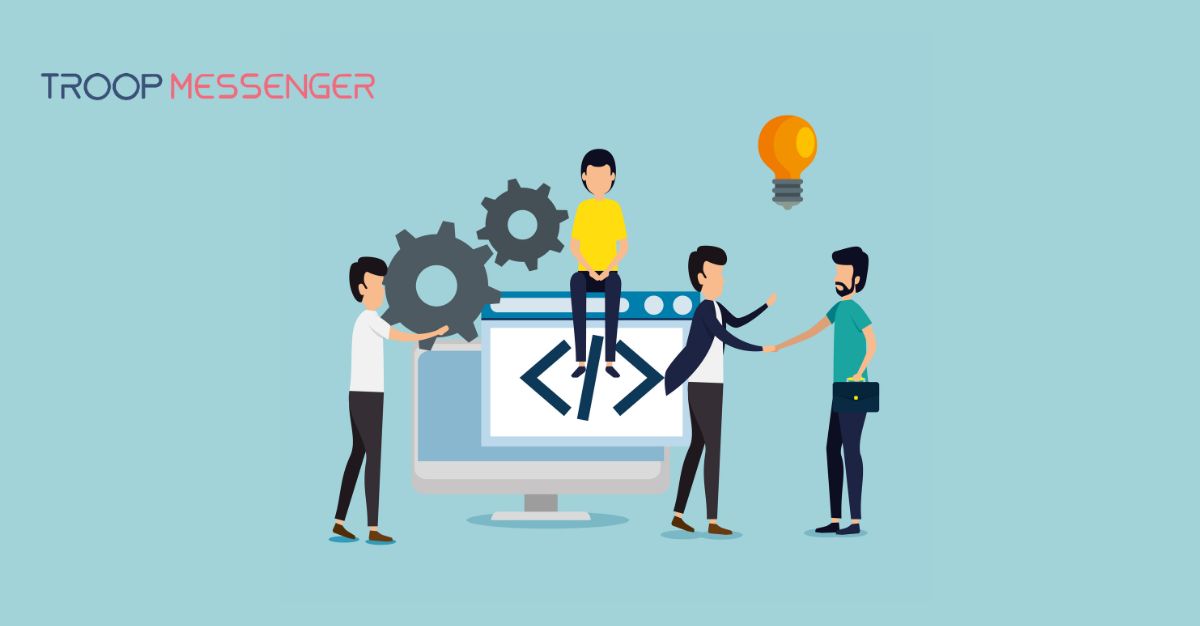Connect with us

The Emoji You Think You Know: Revealing Its Hidden Meaning
Digital Emotion: The Impact of Emojis in Modern Communication
Emojis, with their varied and often nuanced meanings, play a crucial role in our digital communication. By understanding what each emoji represents, we can convey our messages more effectively and add deeper emotional context to our interactions.
Whether it's the confident smirk or the transformative butterfly, each emoji has its own story, enhancing how we connect and express ourselves. We can also express our thoughts in emojis by using a wing ding translator.
As we unlock the nuanced language of emojis, their ability to convey silent emotions makes them ideal for personal expression beyond the digital screen. That’s where Custom PVC Keychains bridge the digital- physical gap—by permanently etching your most-used emojis into tangible keepsakes.
Whether it’s a loving red heart emoji, a playful purple devil emoji, or an inside joke emoji combo preserved forever, these pocket-sized accessories transform fleeting pixels into meaningful, physical tokens. Custom keychains let users carry layers of emotional code in their hands, not just a keyboard.
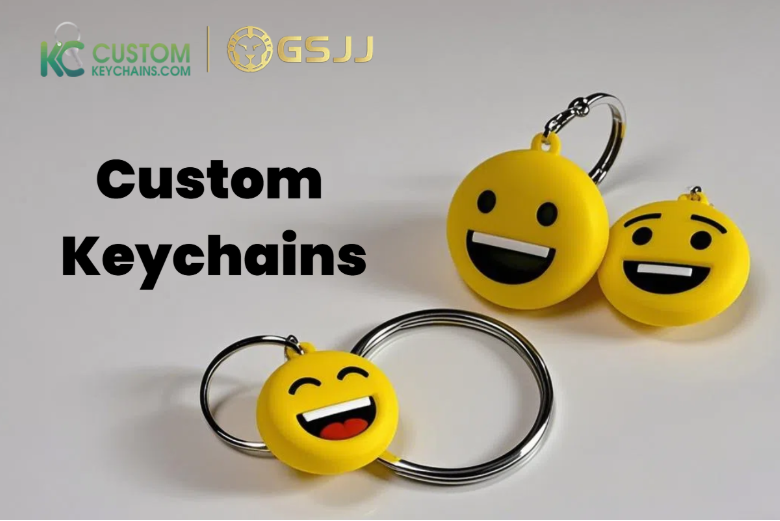
1. Black Heart Emoji:
The black heart emoji represents a sense of sadness, black humor, or rebellion. It is often used in stories of loss or to convey a goth or macabre aesthetic.

2. Blue Heart Emoji:
The blue heart emoji symbolizes trust, loyalty, and peace. It is often used to show support for causes or to express deep feelings of platonic love and friendship.
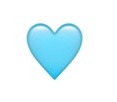
3. White Heart Emoji:
The white heart emoji symbolizes purity, love and kindness. It is often used to represent pure or pure emotions and is associated with messages of peace and harmony.

4. Angel Emoji:
The angel emoji, featuring a smiling face with a halo above it, represents innocence, goodness, and purity. It is often used to convey a sense of being virtuous, kind, or well-behaved.

5. Melting Emoji:
The melting emoji shows a melting in a puddle. It can be a sign of shame, loss of comfort, or excess.

6. Skull Emoji:
The skull emoji is often used to connote death, danger, or something dangerous. In slang, it is often used to express humor, suggesting that something humorously “kills” you.

7. Melting Face Emoji:
Like a melting emoji, a melting face emoji represents a creative reaction to an overwhelming emotion or situation. It is often used ironically to express extreme nervousness or embarrassment.
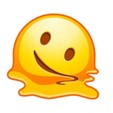
8. Peach Emoji:
The peach emoji represents the fruit. It’s often used in a playful or suggestive context.

9. Green Heart Emoji:
The green heart emoji is associated with nature, health and growth. It is also used to express oppression of the environment or to express jealousy.

10. Watermelon emoji:
The Watermelon emoji is often used to represent the fruit. In some cases, it can symbolize spring, newness, or celebration.

11. Brown coma emoji:
The brown coma emoji represents the idea of warmth, strength and confidence. It is also used to show a deeper connection between nature and the earth.

12. Red heart emoji:
The red heart emoji is one of the most popular and universally recognized symbols of love, passion and deep love. It is used in the context of love and intimacy.
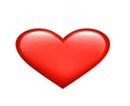
13. Upside Down Emoji:
The upside-down emoji is often used to convey sarcasm, irony, or a playful tone. It can also represent a sense of silliness or lightheartedness.

14. Hand Emoji:
The hand emoji varies in meaning depending on the gesture. For instance, a raised hand can signify a greeting, agreement, or asking for attention.

15. Eyes Emoji:
The eyes emoji is used to draw attention to something. It can indicate looking, observing, or highlighting an interesting or shocking statement.
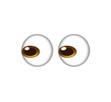
16. Emoji Meaning Chart:
An emoji meaning chart is a reference tool that provides the definitions and common uses of various emojis, helping users understand the context in which they are typically used.
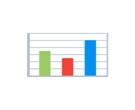
17. Pink Heart Emoji:
The pink heart emoji signifies a sense of love, gratitude, and admiration. It's often used in romantic and affectionate contexts.

18. Yellow Heart Emoji:
The yellow heart emoji represents happiness, positivity, and friendship. It’s used to convey platonic love and appreciation.
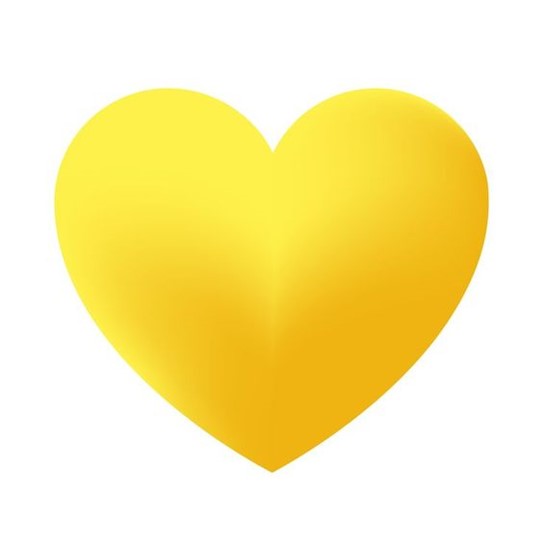
19. Wink Emoji:
The wink emoji conveys humour, flirtation, or a light-hearted message. It adds a playful tone to conversations.

20. Snapchat Emoji Meaning:
On Snapchat, emojis next to friends’ names indicate various aspects of your interactions with them, like best friends, snapstreaks, and other unique features of your relationship.
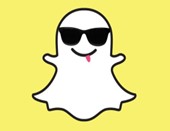
21. Fire Emoji:
The fire emoji signifies something is hot, trendy, or exciting. It’s often used to express admiration or to highlight something impressive.
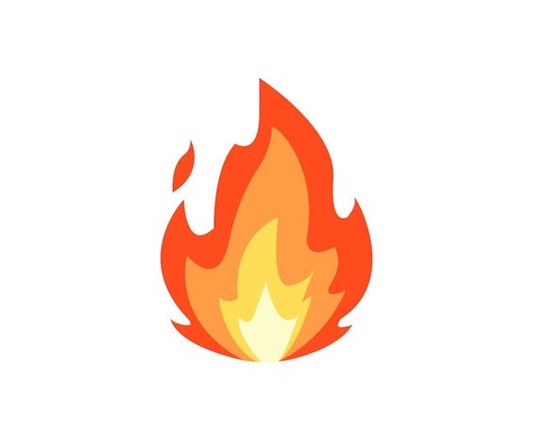
22. Eye Emoji Meaning:
The eye emoji is often used to draw attention to something important or to signify watching or observing something closely.

23. Orange Heart Emoji:
The orange heart emoji symbolizes warmth, energy, and enthusiasm. It’s often used to convey support and friendship.

24. Thumbs Up Emoji:
The thumbs-up emoji is a universal sign of approval, agreement, or positivity. It’s used to express that something is good or satisfactory.
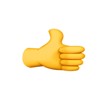
25. 100 Emoji:
The 100 emoji signifies perfection, excellence, or strong approval. It’s often used to emphasize something as being top-notch or completely true.

26. Purple Heart Emoji:
The purple heart emoji represents compassion, love, and sacrifice. It’s often used in contexts of honour and admiration.

27. Face Emoji Meaning:
Face emojis represent a range of emotions. For example, a smiling face with smiling eyes conveys happiness and contentment.
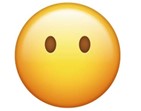
28. Cherry Emoji:
The cherry emoji is often used in a literal sense to represent the fruit, but it can also have a playful or suggestive connotation.

29. Moon Emoji Meaning:
The moon emoji represents nighttime, mystery, and sometimes spookiness. It can also signify dreams and aspirations.

30. Purple Devil Emoji:
The purple devil emoji conveys mischief, naughtiness, or playful evil. It’s often used in a humorous or teasing context.

Conclusion:
Emojis add depth and emotion to our digital conversations, allowing us to express ourselves in ways that words alone often cannot. Understanding the hidden meanings behind these symbols can enhance our communication and prevent misunderstandings. Whether it's a heart emoji, a playful wink, or a symbolic skull, each Emoji carries its unique message. By decoding these meanings, we can use emojis more effectively and convey our thoughts and feelings with greater clarity and nuance. So next time you send an emoji, remember its hidden story and let your messages resonate more profoundly.



.jpg)

